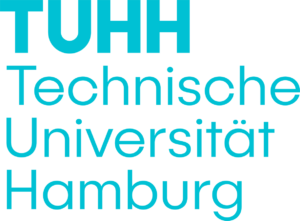What is Supply Chain Risk Goverance?
Governance in general relates to ‘the processes of interaction and decision-making among the actors involved in a collective problem that lead to the creation, reinforcement, or reproduction of social norms and institutions’. 10 Ghosh and Fedorowics (2008) define Supply Chain Governance as ‘a number of critical relationships [that] must be in place between sets of chain members (partners) [...] [so] decisions are made that lead to long‐term, sustainable value for an entity such as a corporation or, in this case, a formal collaboration between multiple organisations’. 11, p.454 In order to achieve effective SCRG, certain mechaisms for guiding organizations need to be in place. 11, p.454; 12, p.386
SCRG Mechanisms
“In business and supply chain relationships, governance may be built into relational contracts that foster long-term collaboration and innovation.” 12, p.385
According to Ahlqvist et al. (2020) 12, p.386 there can be two types of Governance Mechanisms:
1. Formal Governance Mechanisms 13; 14; 15
- depersonalised exchanges 16, p.217
- a reliance on financial parameters 16, p.217
- the drafting and implementation of formal contracts 16, p.217
2. Relational Governance Mechanisms 13; 14; 15
- include people or social-based mechanisms that enhance open communication and the sharing of information 17
- trust 17
- dependence 17
- cooperation 17
How is Governance connected to other Processes in SCRM?
For Governance to work, Collaboration is required so that all actors have all information. SC Governance can even be a driver of more Collaboration in SCRM. 12, pp.390–391 SCRG mechanisms should facilitate and encourage interorganizational SRCM and Governance improves the coordination of separate SCRM processes 12, p.390


